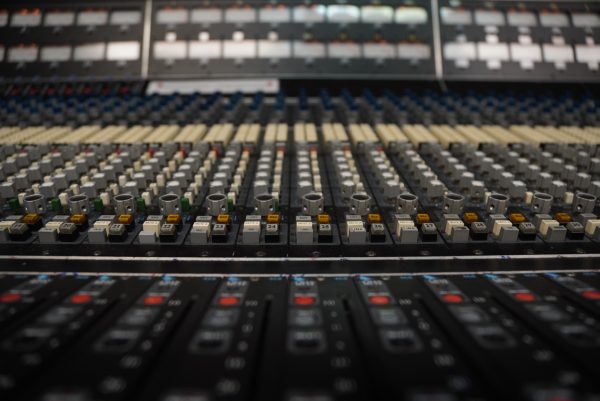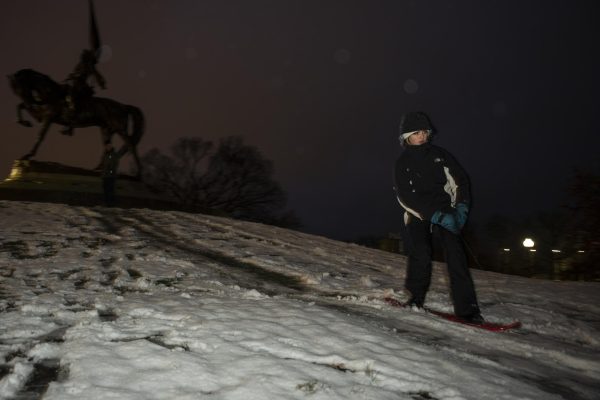Author travels through time with book-turned-movie
March 2, 2009
Columbia Book and Paper Arts professor Audrey Niffenegger’s 2004 novel, The Time Traveler’s Wife, is being produced into a motion picture.
The set release date has not been announced, but the film is in post-production with New Line Cinema and Plan B Productions.
Niffenegger’s story, set in Chicago, revolves around time travel. Although the setting takes place in Chicago, the movie was shot in Toronto, Canada.
The novel took four-and-a-half years to complete, and it didn’t take long for motion picture companies to notice. Eric Bana, Rachel McAdams and Ron Livingston star in the film.
Niffenegger took the subject of time travel and put her own personal twist on it. Instead of characters using a machine to time travel, the mechanism is the person’s body and is uncontrollable and completely random.
Niffenegger is working on a new novel that has a similar feel to The Time Traveler’s Wife, except the setting for this story is in London.
The Chronicle sat down with Audrey Niffenegger to talk about the intricacies of the story to better understand her motives and intentions,and what she wanted to convey.
The Chronicle: Why is the story set in Chicago?Audrey Niffenegger: The story was so fantastical, I thought that it needed to be grounded in reality. And I’ve always lived here. I grew up in Evanston. I could very easily run around Chicago in my head and give it that grounding. Chicago is a very nuts-and-bolts, practical city. It’s not like it is Paris.
What inspired the premise of time travel?
I like fiction where one thing is changed; the original idea of the story came in the form of the title. It was always in there somehow. I like science fiction, but I’m not deeply devoted to it in the way that many people are. What was interesting to me was the potential for having one character living sort of a normal life, one character who is skipping around so you can have this cubist portrait of their marriage from all different sides and times, which was the original attraction.
Did you research time travel to ensure no obvious mistakes?
Yeah, I read some popular physics books, and there is a book actually called Time Travel for Writers, and it’s geared toward science fiction people just to make sure you got enough of a grip on real physics to distort it interestingly without having people go, “tsk-tsk,” and stop reading. I don’t understand the math, so I can’t get far with physics.
What sparked this idea?
I don’t know. That’s always the difficult thing; explaining to people that these ideas sort of come out of nowhere.
Did any book or story inspire this novel?
For me the big influence was Time and Again by Jack Finney. It was published in either the late 70s or early 80s.
Did you ever confuse yourself while writing about time travel?
It’s a lot easier to write it than read it, I think. I had a whole chronology laid out, so I could see where Henry was coming from and where he was going. The main thing was keeping track of what the characters know versus what the reader knows. So if you keep that straight, you don’t make too many mistakes.
Did you base Henry off yourself?
All characters must have a little of yourself, then you grow this completely different person off that little chunk. To me it’s fascinating to write people who aren’t like myself, so what I try to do is find a beginning point with that person.
Is there any correlation between Claire being a paper artist and you teaching at the Center for Book and Paper Arts at Columbia?
Yeah, we were getting the Center for Book and Paper Arts going, so I learned a lot about papermaking just from being there and watching the papermakers do their thing. I’m not a papermaker, but it was easy to pick it up from proximity.
What do you do when you finish a novel?
My reward is to go up to the Botanic Garden and sit in the greenhouse.







